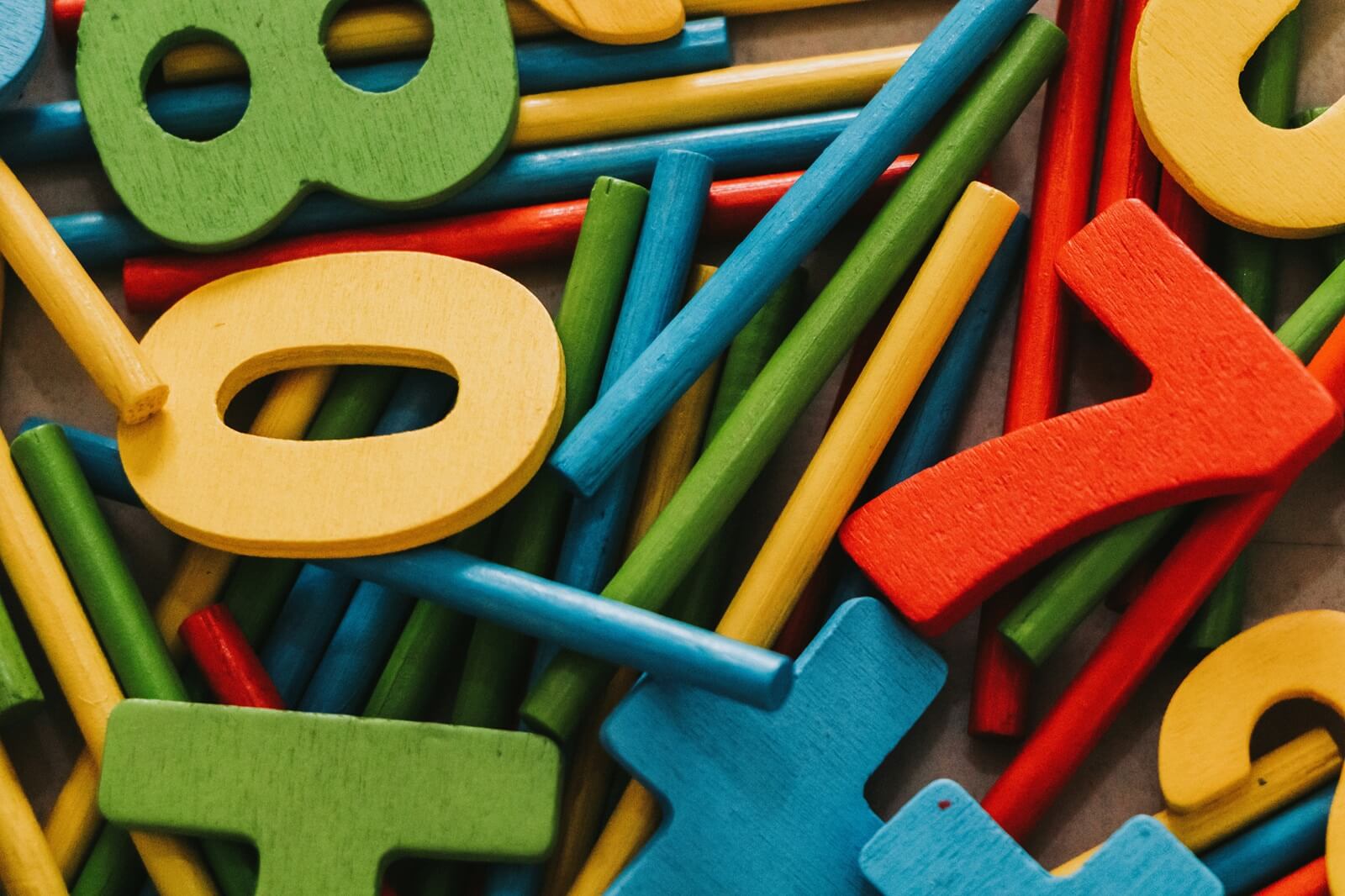
Studying Spanish? Learning the numbers from 1 to 100 is a key milestone in your language journey. Whether you’re telling time, asking about prices, or reciting your phone number—you’ll find yourself using these numbers all the time.
The good news? Spanish numbers are actually quite straightforward—once you get the hang of the patterns.
Let’s break it all down: the numbers, the patterns, and how to use them naturally in everyday life.
The Numbers 1–100 in Spanish
1–15 (Unique Forms)
These don’t follow a strict pattern, so you’ll need to memorize them:
1 - uno
2 - dos
3 - tres
4 - cuatro
5 - cinco
6 - seis
7 - siete
8 - ocho
9 - nueve
10 - diez
11 - once
12 - doce
13 - trece
14 - catorce
15 - quince
16–19 (Blended Words)
These combine “diez” (10) with the unit number into one word:
16 - dieciséis
17 - diecisiete
18 - dieciocho
19 - diecinueve
20–29 (Think “Veinti-”)
Start with “veinte” (20), then use the prefix “veinti-” and attach the unit:
20 - veinte
21 - veintiuno
22 - veintidós
23 - veintitrés
24 - veinticuatro
25 - veinticinco
26 - veintiséis
27 - veintisiete
28 - veintiocho
29 - veintinueve
30–100 (Pattern Time!)
From 30 onwards, just combine the tens with the unit using “y” (and):
30 - treinta
31 - treinta y uno
32 - treinta y dos
...
40 - cuarenta
50 - cincuenta
60 - sesenta
70 - setenta
80 - ochenta
90 - noventa
100 - cien
From 31 to 99, the format is:
[Ten] + y + [Unit]
Example: 47 = cuarenta y siete
Note: After 100, “cien” becomes “ciento” when followed by other numbers.
Example: 101 = ciento uno
Quick Grammar Tips
- “Uno” changes depending on the context:
- Uno is the default.
- Un goes before masculine nouns (e.g., un libro = one book).
- Una comes before feminine nouns (e.g., una casa = one house).
- Pay attention to accents:
- Words like veintidós (22), veintitrés (23), and veintiséis (26) have accent marks.
- Leaving out the accent makes the word incorrect.
Using Numbers in Real-Life Situations
Telling Time
¿Qué hora es?
Son las cinco.
(It’s five o’clock.)
Saying Your Age
¿Cuántos años tienes?
Tengo veintisiete años.
(I’m 27 years old.)
Counting Money
¿Cuánto cuesta?
Cuesta treinta y ocho euros.
(It costs 38 euros.)
Giving Your Phone Number
Mi número es seis, uno, siete, ocho, cinco, dos.
Each digit is pronounced separately in Spanish.
Dates and Birthdays
Nací el doce de abril.
(I was born on April 12th.)
Hoy es el veintinueve de junio.
(Today is June 29th.)
Practice Makes Perfect
Don’t just memorize the list—make the numbers part of your routine. Try these practice ideas:
- Count objects around you in Spanish.
- Say the time out loud in Spanish.
- Translate your phone number or address.
- Use flashcards or online quizzes to reinforce memory.
Final Word
Spanish numbers from 1 to 100 aren’t just for math—they’re essential for real conversation. Once you understand the patterns, using them becomes second nature.
So start now—uno, dos, tres… and before you know it, you’ll be at cien.
¡Tú puedes!



